Precision manufacturing leads the way in today’s world of custom machining. CNC Swiss turn lathes are critical to our manufacturing capabilities because they have the unique ability to produce extremely small parts. They do this at affordable prices while maintaining high precision and repeatability.
The advantages of using CNC Swiss lathes come from the mechanics and geometry in the tool zone. The guide bushing also provides adequate support to the workpiece. Therefore, we can make small parts while maintaining precision and accurate dimension. If you are curious about the ongoing Swiss lathe machining, read on for proper insights.
What is a Swiss Machine?
From the name, you would know that the Swiss-style lathes originated from Switzerland. The Swiss watchmaking industry introduced these Swiss crew machines to help produce tiny parts. After a couple of years, other industries started adopting the Swiss-type machine. The first-ever CNC Swiss machine was available in the 1970s.
Swiss-style lathes are also known as the Swiss screw machines, the Swiss turning machine, or the Swiss automatic lathes. This machine was created to make accurate and tiny components.
A Swiss Lathe is a machining engine that allows parts to move around the Z-axis when the tool is at a fixed point. This means that the Swiss turning centers make the part move on Z-axis at the time when the tool is not moving. The Swiss machine cutting provides a highly professional design.
Swiss-type machines have the capability to micro-machine tiny components with the required accuracy. As a result, manufacturers can achieve better results even in challenging situations. CNC Swiss-type machining facilitates the production of complex stainless components with 0.030 inches to 2 inches diameter range.
CNC Swiss-type machines are also compatible with other metal forms such as nickel, titanium, Inconel, and other nickel-based alloys. They only need close tolerances within 0.0001 inches circularity to 0.0005. This confirms that CNC Swiss-type lathes carry out extremely complex machining operations than many other CNC machining methods.
Where is a Swiss-style Lathe Used?
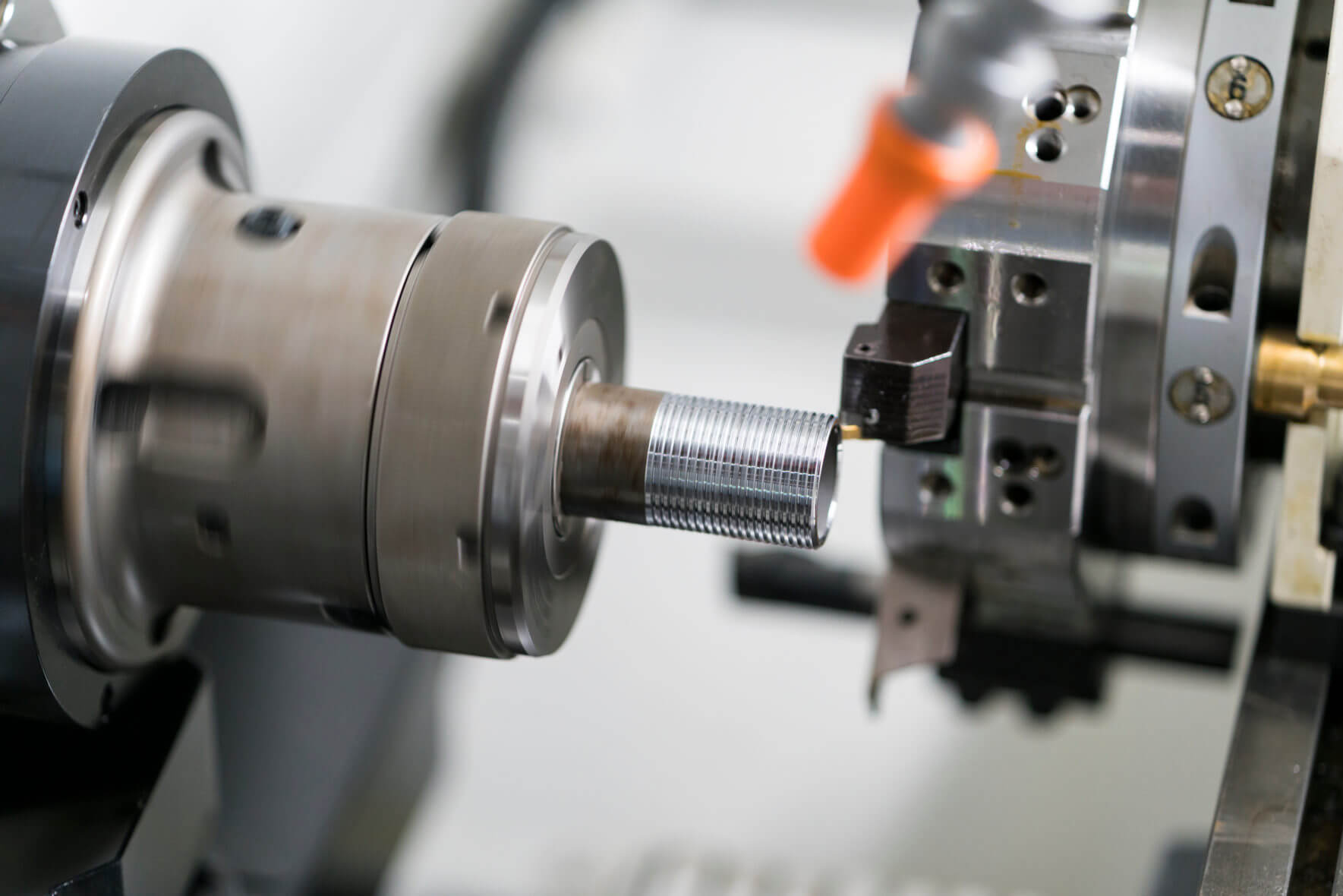
Milling, turning, boring, drilling, and knurling are the primary processes involved in CNC Swiss lathes. CNC Swiss lathes can operate on long, thin, and complex parts with great precision, accuracy, timing, and efficiency. This machining helps to manufacture small, complex parts on a large scale for several industries.
This manufacturing process is particularly useful in the defense, medical, automotive, and other major electronics-related industries. The application of a CNC Swiss-type lathe is also common in the medical industry. Here, it can meet the unique needs of intricate parts such as surgical tools.
Swiss machining also produces other standard components such as housings, implants, contact pins, inserts, sockets, and shafts. Therefore, it is also very useful for computers and IT, aerospace, electronics, fuel systems and energy, and defense system.
Differences Between Swiss Turning and Conventional Turning
We will discuss the differences between swiss turning and conventional turning under the following headings:
How the Machine Works on the Workpiece
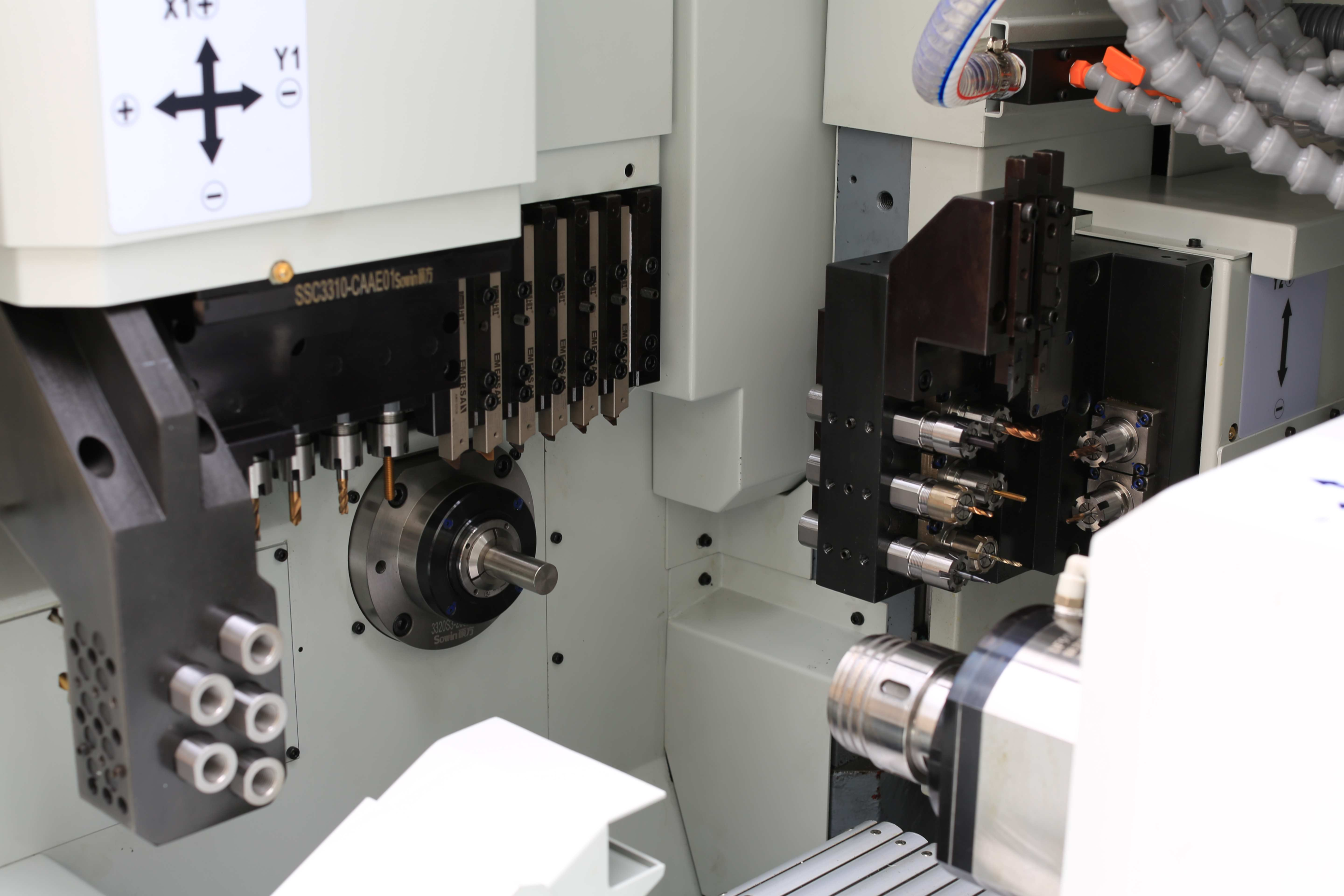
Swiss lathes involve using the guide bushing to lift the part away from the collet. The bar material is tightened in a collet that can move it along the headstock placed behind the guide bushing. The cutting instrument operates near the guide bushing. As a result, the Swiss Lathe can machine parts with complex shapes and remain within perfect elasticity despite the workpiece’s length.
When working with a traditional lathe, the workpiece is placed at the collet of the elementary axle. This mechanical design doesn’t seem ideal for long workpieces, considering the material’s elasticity. Likewise, the cutting lubricant on Swiss machines is better than the water used in conventional machines. This is because it helps prevent rusting or premature wear on any parts.
Machine Programming
The offset programming present in the Swiss-type lathe is the opposite of the Conventional lathe. To drill a bottomless hole or perform a turn length longer, the Z-axis needs a “plus (+)” while the conventional lathes require a “minus (-)” offset to function.
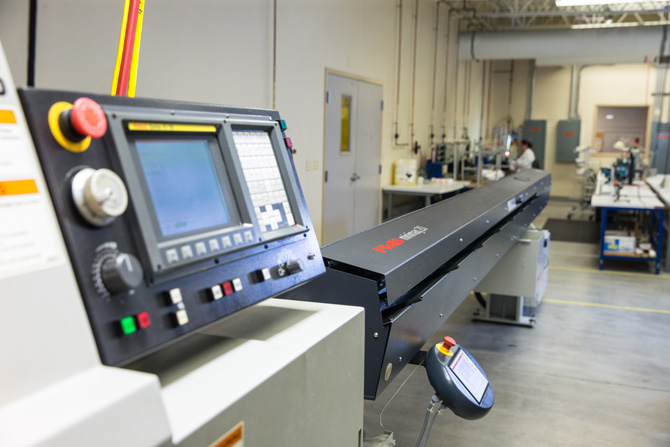
Duration of Operation
Swiss Lathe offers inflexibility when machining due to the mechanical configuration of its guide bushing and sliding headstock. Therefore, the workpiece is expected to be machined close to the guide bushing. The whole machining process is completed by machining in divisions to get the last part into excellent proficiency.
Turning is done routinely, beginning with roughing pass, followed by a completing pass, after which the machining is highlighted. The construction of the shapes other than the bar stock renders this process a widely used one for the conventional Lathe.
Coolant Mechanisms
Swiss Lathe needs oil as its coolant fluid, whereas conventional lathes only use water. In this case, oil has a lower warmth limit than water does. This means that the machining oil warms up more quickly and efficiently than water during machining operations. As a result, the Swiss Lathe can achieve a more impressive resilience due to reduced dimensional change from temperature development.
Cost-Effective Rates
Swiss machining is more expensive to operate than conventional lathes due to its technologically advanced controls and high-precision capability. Nevertheless, Swiss machining provides an excellent return on investment. This is because it can initiate faster cycles and operate for a longer time without necessarily being monitored. You get a faster turnabout and more output from every machining. Since production turns out to be more cost-effective, most companies give their customers attractive pricing.
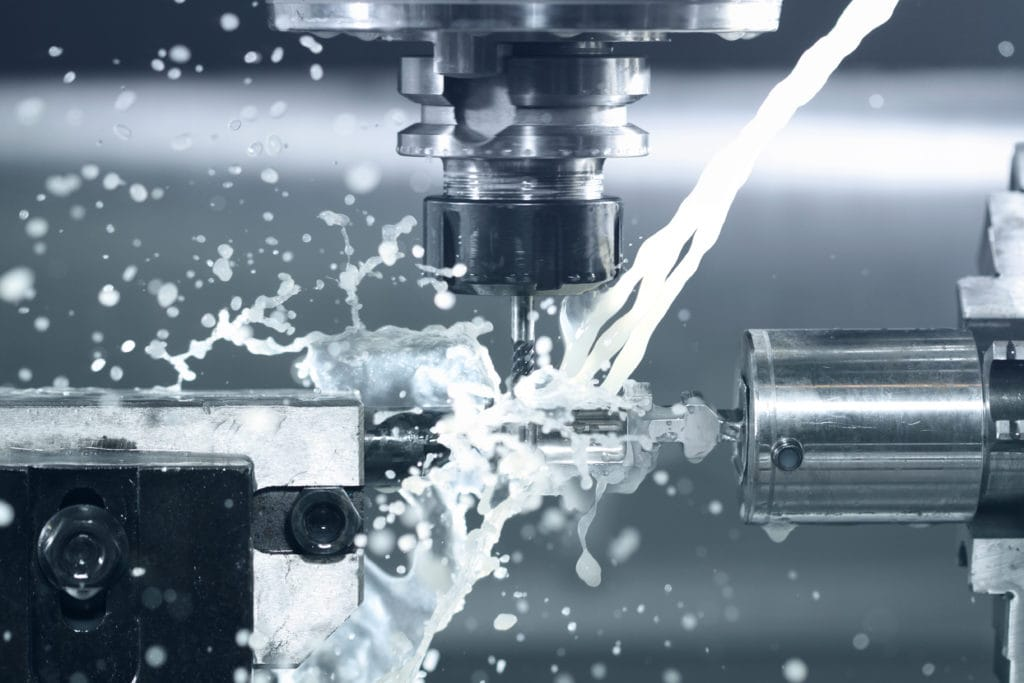
Throughput Volume
A Swiss-type CNC machine is a perfect option in situations where you have a massive volume of small parts to produce. Swiss lathes carry out several operations with a single set of instructions or commands. This ultimately ensures its high throughput or production level against conventional CNC lathes.
These impressive machining capabilities are due to the amount and efficiency of the axes present in the machine tool. These axes allow parts to be finished in one cycle compared to undergoing multiple operations or using multiple machines to finish a component. Traditional lathes have precisely 3 to 4-axes, while the Swiss-type CNC machines come with 13-axes. The Swiss-type CNC lathe allows automated quality, repeatability, time management, and cost-effectiveness. All these are provided as output increases.
Benefits of the Swiss Machining Process
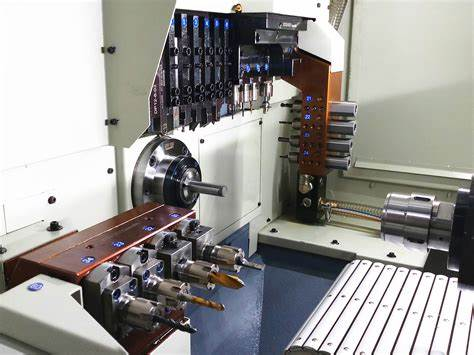
Deflection Correction in Swiss Machines
The primary purpose of having the guide bushing supporting the workpiece is to ensure accuracy in the operation performed on the workpiece. A physical object made to undergo an operation that involves force is likely to deviate from its original path. Deflection is why workpieces suffer a great deal of inaccuracy in cuts during conventional CNC turning.
The guide bushing corrects all deflections in the cutting tool because it supports the workpiece. By doing this, there is zero deflection when cutting force is applied. Therefore, this allows manufacturers to make heavy cuts without losing precision.
Faster with More Accuracy on Bar Stock Material
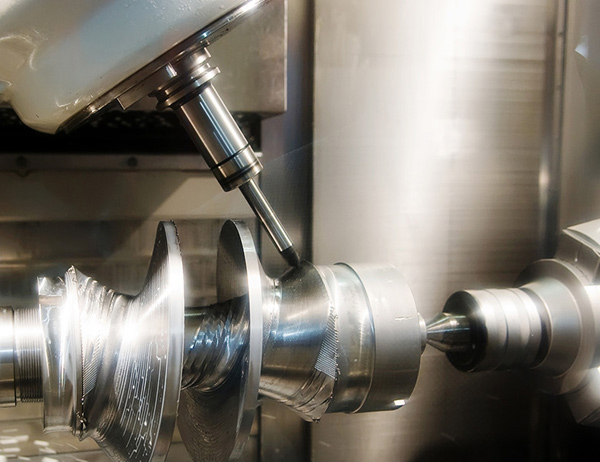
The Swiss turn can ream, drill, saw, mill, and carry out many other operations. It has the standard capacity to host 20 or more workpieces at a go. This is because these tools or parts do not need to travel long distances; they move from one point to the other in a second or less. The strength of the Swiss turn lathe machine comes from the reliable guide bushing and the accurate geometry and mechanics put in place.
The Swiss turn moves faster and gives a better result in a short time. A single heavy cut can get the job done as it prevents cases of deflection. Manufacturers get positive results quickly, thereby canceling other plans for grinding. This way, parts with complex shapes can be machined in a single operation. The lathe machine is dependable as it can run for hours fully loaded with parts that need cleaning.
Why Choose AT Machining?
AT Machining is your best choice when it comes to Swiss screw machine services. We always aim towards giving our customers the best manufacturing services. With our CNC Swiss Lathes, we offer high-quality parts that meet your requirements at cost-effective prices. We have state-of-the-art Swiss machines, ensuring limitless programming advantages.
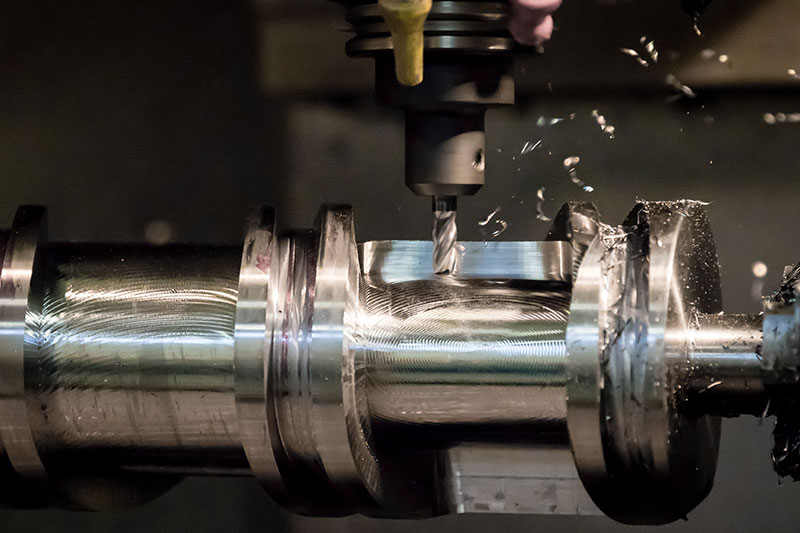
Our machines are well-serviced, with qualified engineers always available to oversee the manufacturing operations. Our group of expert Swiss turn operators is well-experienced in this area, helping you make the best choices with materials and processes. No matter your industry, AT Machining is ready to bring your concepts to life.
Conclusion
Swiss-type machining offers many manufacturing advantages for a wide range of industries. It creates quality parts that meet unique and complex requirements, unlike the conventional turning process.
Swiss-type machining is practicable, cost-effective, and provides high-quality parts with the best achievable precision according to your requirements. Contact us at AT Machining for the best custom Swiss screw machine services.


